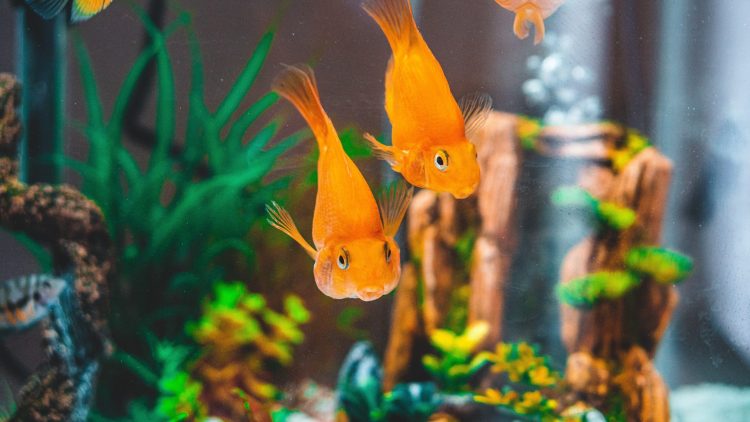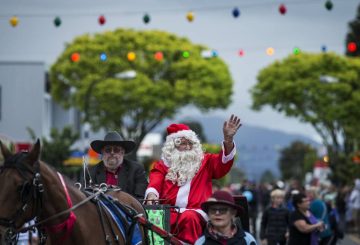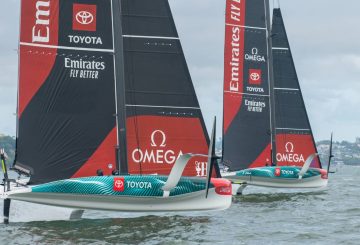오클랜드시는 지역 주민들에게 금붕어와 수족관 식물을 수로로 방출하는 것을 멈춰달라고 요청했다.
금붕어와 수족관 식물은 호수와 개울로 들어가 자연 환경과 수질을 파괴한다.
오클랜드시에서 수로 등지에서 침입성 물고기를 제거하는 일을 맡고 있는 피터 윌콕스(Peter Wilcox)씨는 는 야생으로 방출된 금붕어가 많다고 지적했다.
“웨스턴 스프링스(West Springs)에서 마지막으로 확인된 어획량 중 가장 작은 크기는 30cm, 최대 40cm였고 무게는 1kg 미만-1.8kg에 달했다.
“상점에서 10달러면 살 수 있는 금붕어지만 시청은 전체 도시의 편익을 위한 관리의 일환으로 수천 달러의 비용을 써야한다. 실로 무책임한 일이고 이는 사실상 환경 파괴에 해당한다.”
금붕어는 애완 동물 가게에서 4.50달러에도 구입할 수 있지만 수조 등 금붕어에 필요한 공간을 생각하면 놀라기 쉽상이다.
할리우드 피시 팜 마운트 로스킬(Hollywood Fish Farm Mt Roskill)을 운영 중인 비키 퍼거슨( Vicky Ferguson)씨는 이러한 문제를 여러 번 봐왔다.
“구입 시에는 아주 작은 크기이기 때문에 사람들은 수조에 금붕어를 많이 넣을 수 있다고 생각한다. 그러나 몸집이 커지면서 수조 안 공간은 좁아지게 된다.”
호수나 개울가로 유입된 금붕어들은 식물을 망가뜨리고 토종 물고기와도 식량을 놓고 경쟁하게 된다. 또한 퇴적물을 휘저어 물을 흐리게 만든다.
오클랜드시 담수 생태학자 벨린다 스터드홀름(Belinda Studholme)씨는 물고기뿐 아니라 탱크에 들어있는 식물도 문제라고 꼬집었다.
“수질을 완전히 파괴하고 용존 산소, pH 등 연못을 변화시킨다. 다른 모든 토종 식물을 배제하고 연못이 토종 물고기가 살기에 적합하지 않는 환경으로 만든다.”
퍼거슨씨는 수로에 물고기를 버리는 대신, 양도 또는 더 큰 수조 및 연못을 가진 사람들에게 입양보내라고 조언했다.





























































